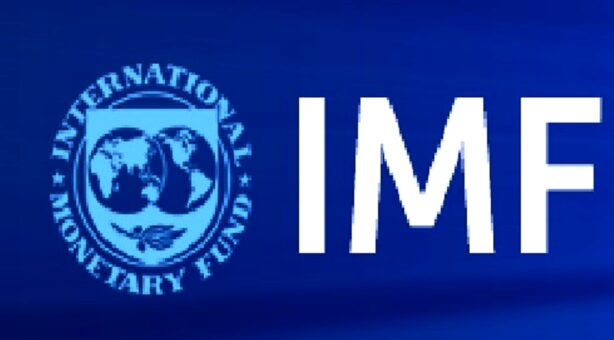The International Monetary Fund (IMF) affirmed on Wednesday that Pakistan’s exchange rate now better reflects the actual economic conditions of the country.
This statement was made by Gian Maria Milesi Ferretti, Deputy Director of the IMF’s Research Department, during a question-and-answer session.
Ferretti noted that Pakistan has begun implementing an ambitious program with the IMF, aimed at stabilizing and improving its economy. “We think there are good signs on the confidence front,” he said. “There is increased demand for local currency assets by foreign investors, in light of the fact that we now have an exchange rate that is more reflective of actual economic conditions, with some degree of floating.”
However, Ferretti emphasized the need for substantial fiscal adjustments. The fiscal deficit over the past year had exceeded expectations, primarily due to one-off reasons. “Fortunately, this has been the case mostly for one-off reasons, and tax revenues are picking up notably. But, of course, when you do have a fiscal adjustment ongoing, domestic demand is going to be compressed,” he explained.
The IMF has projected a short-term decline in Pakistan’s growth rate due to these adjustments, with growth expected to decrease from 3.3% in 2019 to 2.4% in 2020. Nonetheless, the IMF remains optimistic about the country’s economic future, anticipating a rebound in growth in the following years. “We hope that there will be a notable pickup in growth over the medium term, which is sorely needed in Pakistan to lift living standards,” Ferretti added.
Despite the positive outlook, Ferretti acknowledged the challenges ahead. “It is a set of macroeconomic imbalances that need to be addressed. There are uncertainties, including fluctuations in oil prices. Pakistan is a large oil importer and is very sensitive to what happens to oil prices,” he noted.
The Pakistani authorities have been steadfast in their implementation of the IMF program, showing commitment to the necessary economic reforms. While challenges remain, the IMF’s confidence in the Pakistani economy’s direction is a promising sign.
In conclusion, the IMF’s support and the initial positive indicators suggest that Pakistan is on a path towards economic stability and growth. The ongoing efforts to address fiscal imbalances and the responsive exchange rate are crucial steps in this journey. As the country continues to navigate its economic challenges, the focus remains on achieving sustainable growth and improving living standards for its population.
